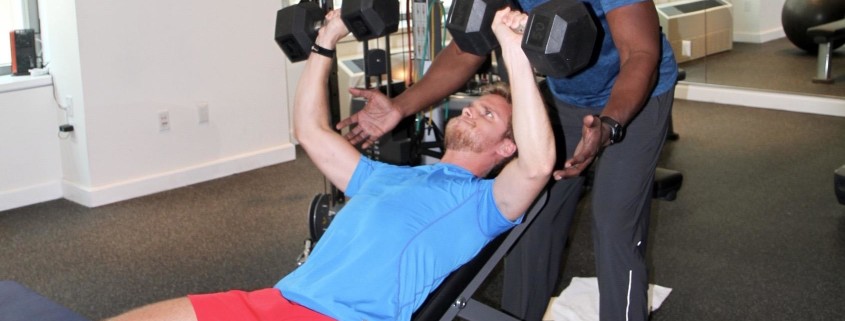Taking Care Of Our Stylish Workout Gear
Some of you know this, I wear my gym clothes ANYWHERE!
There are many reasons why I do this, it’s my business suit, it’s comfortable, I look good in it (JK, maybe), you get the point.
With that said, I also spend thousands of dollars on gear from head to toe. I’m sure a lot of you do as well and maybe don’t even notice it. Again, mine represents me and my career plus I train daily, but yours is just as important. The old cotton pants and t-shirts used to absorb all our sweat, got super heavy and did not control body temperature. I remember taking off my pads and having to do running drills feeling like I had a baby (a big baby at that) hanging on to me, sweat would drip down collecting in my football pants and pads! Wow, can you imagine?
Today we enjoy fabrics that wick sweat away from the body yet it also controls body temperature keeping you cool while training and does not make you feel like you are freezing when walking away from a session. Some even have antimicrobial (yes that’s a word) qualities that keep them from developing odor. Whhaaatttt???!!!
With all these upgrades to your gear also come the price hikes. In the picture I’ve attached to this you have $100 pants, $70 top. If getting into the $20 socks (yes one pair) and $30 underwear(over $200), shoes is another write up of its own. You can’t laugh or judge me because you are probably spending the same or more. Some of you are bargain shoppers and know how to find a great sale, but this article is not about that darn it!
I go through these clothes like hot cakes, I feel. I’ve asked many of the retailers and people in the know how to best preserve these fabrics. I have found my way … Mackenzie Lobby wrote a blog on myfitpal that describes it nicely so I would like to share some easy tips.
1. Don’t use fabric softener.
Fabric softener can often be blamed for keeping workout clothes from getting totally clean when they are in the wash cycle. Since it tends to coat these types of fibers, fabric softener prevents them from being able to absorb the water when being washed.
2. Don’t use too much detergent.
In the same way that fabric softener can keep water in the wash cycle from penetrating fabrics, so can detergent. Use slightly less than you would for your regular clothes, and this should limit the viscosity enough to do the job.
3. Do use sport-specific detergent.
There are a number of special detergents on the market formulated for washing workout clothes. If you find your duds are particularly stinky, this is a good thing to try.
4. Don’t let your gear sit around.
Mold and mildew can begin to grow on workout gear that is left in a gym bag or laundry basket. Be sure to get those items in the washing machine sooner rather than later to prevent the buildup of nasty stenches.
5. Do soak stinky items.
By soaking the worst-smelling garments in one part white vinegar to four parts water, you can often kill anything that’s particularly pesky when it comes to odors. Throw them in a bucket or sink for a half hour prior to washing.
6. Do use cold water.
Since technical fibers are generally on the delicate side, in most cases it’s best to use cold water to wash them. This will help maintain any special performance properties for many workouts to come.
7. Don’t cook your clothes.
Setting the dryer to tumble-dry low is usually your best bet with workout gear. Even better: Consider line-drying outside. These approaches prevent you from drying out spandex, Lycra and other similar fibers.
8. Don’t submerge your kicks.
Unless you’re ready to turn your workout footwear into lawn-mowing shoes, don’t put them in the washing machine. You can degrade the midsole cushioning and render them less protective when it comes to pavement pounding and other active endeavors.
9. Do read the label.
Performance fabrics often require special care beyond these do’s and don’ts. Always check the label to ensure you’re maintaining the integrity of the performance fibers and any special attributes, like UPF, anti-odor or compression.



